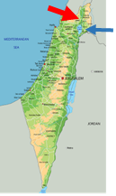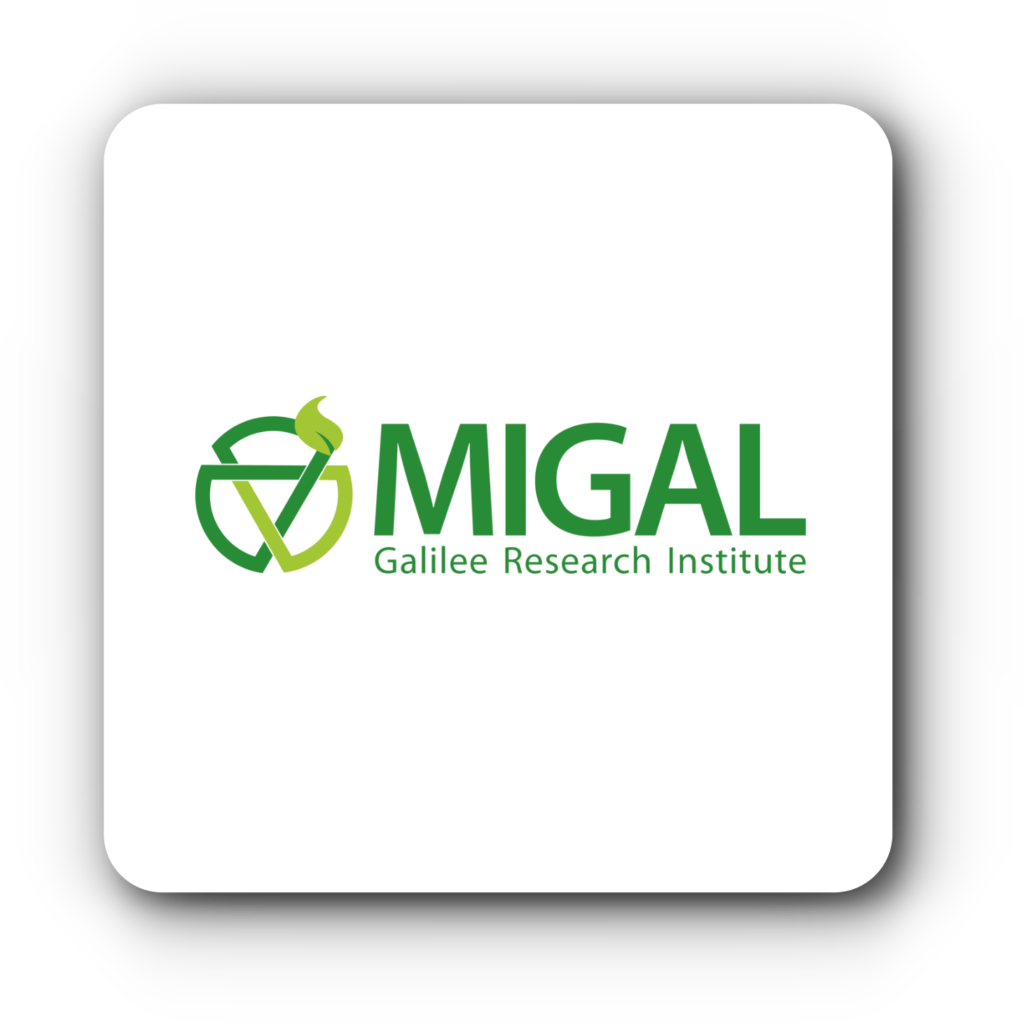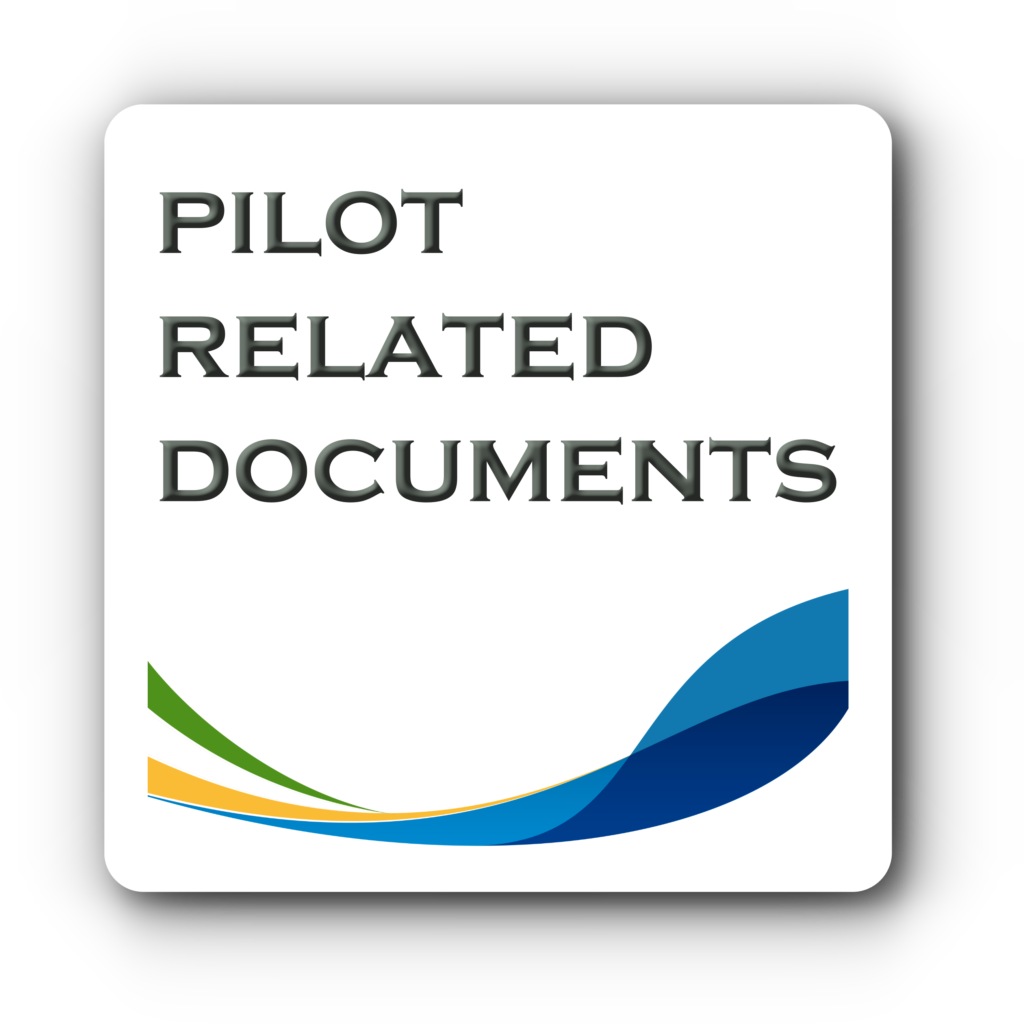Hula Valley – Galilee (Israel)

LOCATION AND MAIN CHALLENGES
The pilot is located at the very north Israel of at the Hula Valley. It is an agricultural region and the main Israeli fruit barn, and export fruits to other country, as well as growing crops for Israeli consumption. The Galilee benefit from rain and three rivers (Dan, Snir and Hermon) merge into the Jordan River that flows to the Sea Of Galilee. In recent years because of the climate change rain fall was reduced, less snow on mount Hermon, and less water for irrigation. Changes in regulation of water prices raised significantly prices for irrigation.
As an agricultural region a lot of fertilisers are used, some nutrients are dained into the Sea of Galilee, and this cause difficulties.
MAJOR STAKEHOLDERS
The Galilee region benefit from many Kibbutzim and Moshavim that are involved in agriculture (with a few sophisticated industries there) and one main town. Since there is a need to process the agricultural products, several industries in the food value chain are located (for avocado, Cold Fruit storage, poultry slaughterhouse etc.). There are many municipalities in the region with different focuses, but the Eastern-Galilee Cluster is, in a way, developing the strategy for the region, as well as give some regional services. The Galilee Agricultural Company is an association that support the farmers. All will be involved in the LENSES project.
PROPOSED ACTIVITIES
Activities in the Galilee pilot, will tackle the issue of the nexus interactions between Water, Ecosystem, Food (WEF) from various angles ranging from its supporting functions in agriculture (e.g. through reducing water uses for irrigation and uses of recycle water for irrigating plants). It will examine the integration of new methodologies into farming practices and incentives for better irrigation methods and diseases control, as well as reduction of uses of fertilisers, pesticides and herbicides, leading to better management of crops, including uses of satellites and drone to follow crop productivity.
The pilot will consider various temporal and spatial scales, and we expect collaboration with other entities, when assessing the dynamics of the value chain (even the food processing activities), and MIGAL’s relationship with farming systems, the surrounding industrial activities and throughout the value chains is a great contribution.
We are planning highly dynamic interactions between saving the environment (the Galilee is the main source of water for the Sea of Galilee Lake [Kinnereth]), food production and agricultural practices (since we are in tied contacts with farmers and farmers’ organisations). The various dimensions of the agricultural and the food chain play a significant role in conferring stability, resilience and adaptability to farming systems.
With the climate threatening all Mediterranean countries, the experience in the Galilee could be used in other countries and have an impact.


